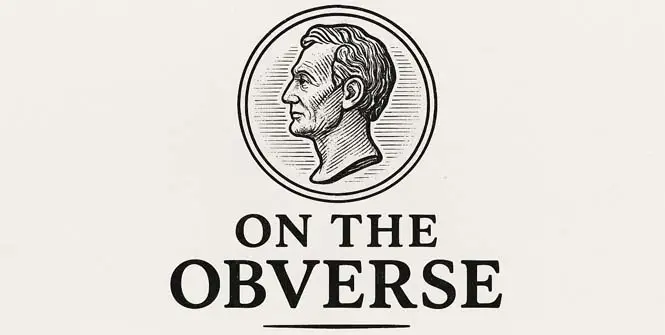- Home
- Federal Reserve Notes
- 1981 $20 Bill
How Much Is A 1981 20 Dollar Bill Worth?

*Image Courtesy of USA Coinbook
The 1981 $20 bill was printed for all federal reserve banks over two series from September 1981 through October 1985 and isn't worth more than face value in circulated condition. Uncirculated notes often sell for a higher price.
On average the 1981 20 dollar bill is worth $25 in Very Fine condition and star notes are worth $50 in Very Fine condition. The 1981a 20 dollar bill is worth $25 in Very Fine condition and star notes are worth $45 in Very Fine condition.
Let's take a closer look at each series of the 1981 $20 bill and determine how valuable each grade of note is to collectors and any print errors which may be worth a premium also.
- Series: 1981, 1981A
- Denomination: $20 USD
- Seal Varieties: (1) Green
- Signature Varieties: (2) 1981 Angela M Buchanan - Donald T Regan, 1981A Katherine D Ortega - Donald T Regan
- Regular Varieties: (12) Boston (A), New York (B), Philadelphia (C), Cleveland (D), Richmond (E), Atlanta (F), Chicago (G), St. Louis (H), Minneapolis (I), Kansas City (J), Dallas (K), San Francisco (L)
- Star Note Varieties: (12) Boston (A), New York (B), Philadelphia (C), Cleveland (D), Richmond (E), Atlanta (F), Chicago (G), St. Louis (H), Minneapolis (I), Kansas City (J), Dallas (K), San Francisco (L)
- Regular Notes In Circulation: 4,526,080,000
- Regular Star Notes In Circulation: 37,136,000
1981 $20 Bill Serial Number Lookup
The serial number on the 1981 and 1981A series $20 bills consists of one letter, eight numbers and another letter.
For example the federal reserve bank note above reads B41101740B and by checking this number with the Bureau of Engraving and Printing records, I can tell it was created in October 1982.
The first letter of the SN refers to the Federal reserve bank that issued the note.
In this case it was New York which is designated the letter B. There are 12 Federal reserve banks altogether each with a letter ranging from A to L.
The eight numbers refer to the amount of $20 bills that could in theory be manufactured in each block. For example from 00000001 to 99999999. In this the case the number reads 41101740.
The last part of the number is the block letter which advances through the alphabet starting with A as each batch of notes is completed.
Our banknote ends with a B, however on a star replacement note, it would be a *.
1981 20 Dollar Bill Value
Most of these $20 FRN's are worth their face value in circulated condition which includes good, very good and fine. Circulated notes that are in very fine condition are worth $25 and $35 in extremely fine condition.
Uncirculated bills are worth more money and command higher prices due to their uncirculated condition.
An About Unc graded note is worth $45, a grading of Crisp Unc is $60 and a grade GEM CU $77.
Star notes have slightly higher value due to their scarcity.
An star note in circulation from 1981 in extremely fine condition would fetch $90 while GEM CU bills would sell for $185.
1981a 20 Dollar Bill Value
The A series is worth almost the same value as the 1981 series.
As with most bills the star notes issued are worth more money and command higher prices.
An extremely fine condition 1981a $20 federal reserve note would sell for $30 while uncirculated bills of grade Choice CU sell for $60.
Star notes in circulation and in fine condition are valued at $35, $70 in extremely fine condition and in uncirculated condition with a grade of GEM CU sell for $105.
Is Your 1981 $20 Bill Real?
1981 series dollar bills don't have the same security features as modern day dollars.
Bills issued prior to 1990 don't have security features such as microprinting. They also don't have color-shifting ink, watermarks detectable under UV light or the 3D security ribbon embedded thread.
The only security feature that 1981 bills have is raised printing that you can feel when you run your fingers along the bill.
Here are four things you should check for on older bills to determine if they are real or not.
- Check for raised printing
- Checks that the lines and points on the bill are clearly defined and not broken.
- Check that it doesn't glow under ultra-violet light.
- It doesn't have a watermark.
Also make sure that there is a portrait of Andrew Jackson. His picture should be present on all twenty dollar bills produced after 1928.

Would You Like To Receive More Exciting News And Information About Coin Collecting Direct To Your Inbox?
Enter your email address below, check the boxes and click Send It To Me! now to get your FREE copy of On The Obverse newsletter.


